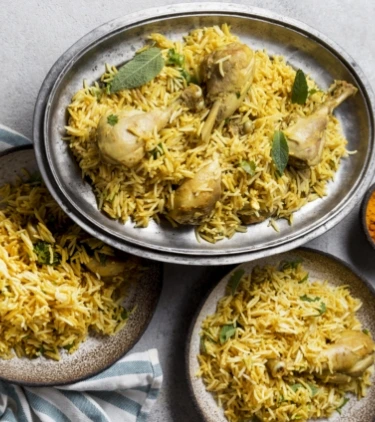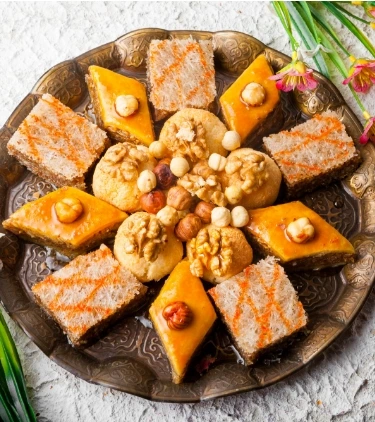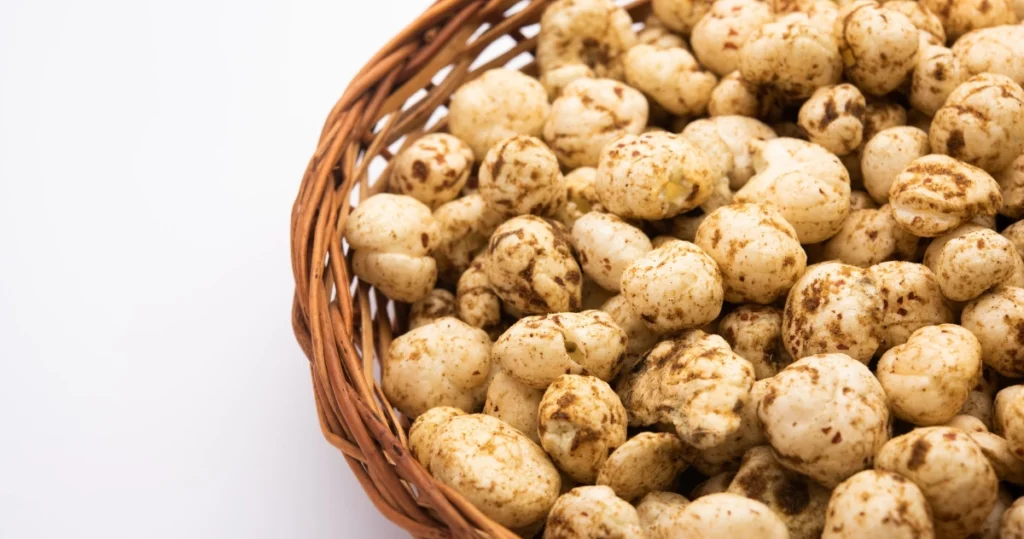If you have heard of the term “Military canteen” or “Military Hotel,” you are probably wondering what it is. Military hotel refers to a type of hotel that serves hearty, robust meals with a focus on meat dishes. The name has historical roots and is thought to originate from the time when military personnel frequented these establishments, particularly during the British colonial era.
These restaurants typically offer a casual dining experience and are famous for their spicy curries, biryanis, and other meat-based dishes, often accompanied by rice or parathas.
In essence, a Military Hotel is not necessarily affiliated with the military but reflects a culinary tradition that celebrates rich, flavourful non-vegetarian cuisine that appeals to a wide audience, including locals and visitors alike.
History of Military canteens
Way back in the 50s and 60s, South India did not have too many hotels. Restaurants were also not classified as vegetarian and non-vegetarian. There were mostly what is termed as “Udipi hotels” that served traditional dishes like idlies, dosa, vadas and vegetarian fare. Most places were loosely called a “Brahmin Mess” indicating that they were vegetarian.
Non-vegetarian food was looked down upon by the Brahmins and associated with the Military (armed forces) where non-vegetarian food was served. Hence any place that served non-vegetarian food was called a Military canteen. Military was the umbrella term for all things non-vegetarian.
During the regime of Hyder Ali in erstwhile Princely Mysore state, Marathas were regular intruders. Some of them stayed back in and around the Bangalore region. They did menial jobs in Musafir Khanas, where the soldiers of the Mysore Army were camping and became expert cooks in the Army. The group expanded and spread along the Bangalore-Mysore Road. During the British regime, these people become expert non-veg cooks in the British Army barracks. Cuisine of the Military Hotels seem to have originated from these people.
Any hotel that serves non-veg food, including beef were termed “Military Hotels”. Since Hindus did not consume beef, another category of hotels known as Hindu Military Hotels were started. A Hindu military hotel serves pork, chicken, mutton and lamb, but not beef, as cows are revered as holy animals and consuming beef is a sin according to the Hindu religion.
Military Canteen Culture in Madras
If you are Chennai and are looking to try some Military canteens, there are a few but the Military canteen is a fading idea belonging to a bygone era. By the 1990s, military messes began fading away from Chennai’s culinary maps. Military hotels across Madras were known to serve all kinds of spicy meat items. The idea was to offer spicy food, which is ideal after a drink or two. Not surprisingly, most of the military hotels only had men dining in them back in the day. This continues to date.
Vegetarian was considered ‘godly,’ back in the day and Chennai’s ‘military hotels’ with their ‘protein heavy’ menu was the city’s best open secret. The limousines of Tamil film stars would often be seen outside these hole-in-the-wall places, loading massive tiffin carriers with non-vegetarian fare. The food would then be eaten in their homes, studios, or sets since these canteens were not conducive to people sitting down for a meal.
Military Hotels do not focus on offering a great ambience, everything is extremely basic. The main attraction is the food. Let us look at a few Military canteens that are surviving in Chennai and are well-known.
Velu Military Hotel, Eldams Road
Velu Military Hotel has stood the test of time and has been serving customers for several decades. It was founded by a man from Madurai called Velu Ambalam, who was extremely particular about the food that they served. It is said that if he could not catch the smell the meen kuzhambu (fish curry) from his restaurant on the road outside, he would barge into the kitchen and throw out what was being made and get down to making the curry from scratch himself. Velu Military Hotel has kept the tradition alive and fish curry is still their best dish. Also famous is the chicken biryani and chicken fry along with the mutton rice. Velu Military Mess retains its ‘military tag’, which means that the hotel continues to attract only men. However, other branches of the famous brand have cropped up and have transformed into being called Velu Family Restaurant like the one in Nungambakkam.
Balu Military Hotel, Adambakkam
Although this is a Military Hotel, the place is frequented by families as well. Specialities include karuvadu thokku and gravies. Their biriyani is also famous. You could also try the crab soup and melagu chicken. Located near the Guindy railway station, it is a basic hotel. The only attraction is that it is a surviving military hotel.
Anjappar
Although loosely termed as a place famous for Chettinad cuisine, Anjappar started off as a Military Hotel. They started in 1964 as a military mess in Royapettah. Anjappan started the mess after working with former Chief Minister MG Ramachandran as his in-house chef. Being from Chettinad, he learnt the recipes used at Anjappar from his mother and grandmother. Anjappan opened the restaurant with the intent to feed hungry bachelors staying at the YMCA in Royapettah. Now Anjappar is one of the most famous Chettinad family-style restaurant chains in Tamil Nadu. To stay in tune with the times, the family decided to rebrand their hotel. They took off the word ‘military’ as it was getting redundant and replaced it with Chettinad. The idea was to take Anjappar from a men’s only ‘military hotel’ den to a family-style restaurant.
Barring rabbit and some other meats, Anjappar retains the fare it served back in the ‘60s. They have mutton preparations, and all types of seafood including crab, prawns, and squid. Anjappar still hand-grinds all the masalas – a military hotel tradition that it has retained. Brand Anjappar now has 19 branches in Chennai and has also expanded globally, to Singapore, Malaysia, Germany, USA, and Canada.
Ponnusamy Hotel
Ponnusamy Hotel was started in 1954 as a small mess in Royapettah by A R Velupillai hailing from Ramanathapuram district. Presently it has more than 15 branches spread over India and abroad. They are famous for their 32-inch Baahubali Thali which comes with over 50 varieties of food options! You can also try their crab masala and fish fry with parotta. Also try the shark fish (Sooraputu) and nethli fry. Ponnusamy has been the favourite of many old movie stars and famous people. The place has been a landmark restaurant for many years now and their non vegetarian food ensures that there is a steady crowd on most days.
Summary
For all purposes, it is safe to assume that the traditional Military hotel does not exist anymore in Chennai. What you will find instead are places serving non-vegetarian food in various cuisines. People are constantly exploring newer food options and the explosion of videos on Instagram and YouTube only fuelling the craze. You will find a wide variety of non-vegetarian options being offered in very spiffy and comfortable environs. However, there are some hole-in-the-wall places like Trouser Anna Kadai, a tiny non-veg eatery in Mandaveli that are very famous.

























